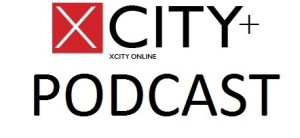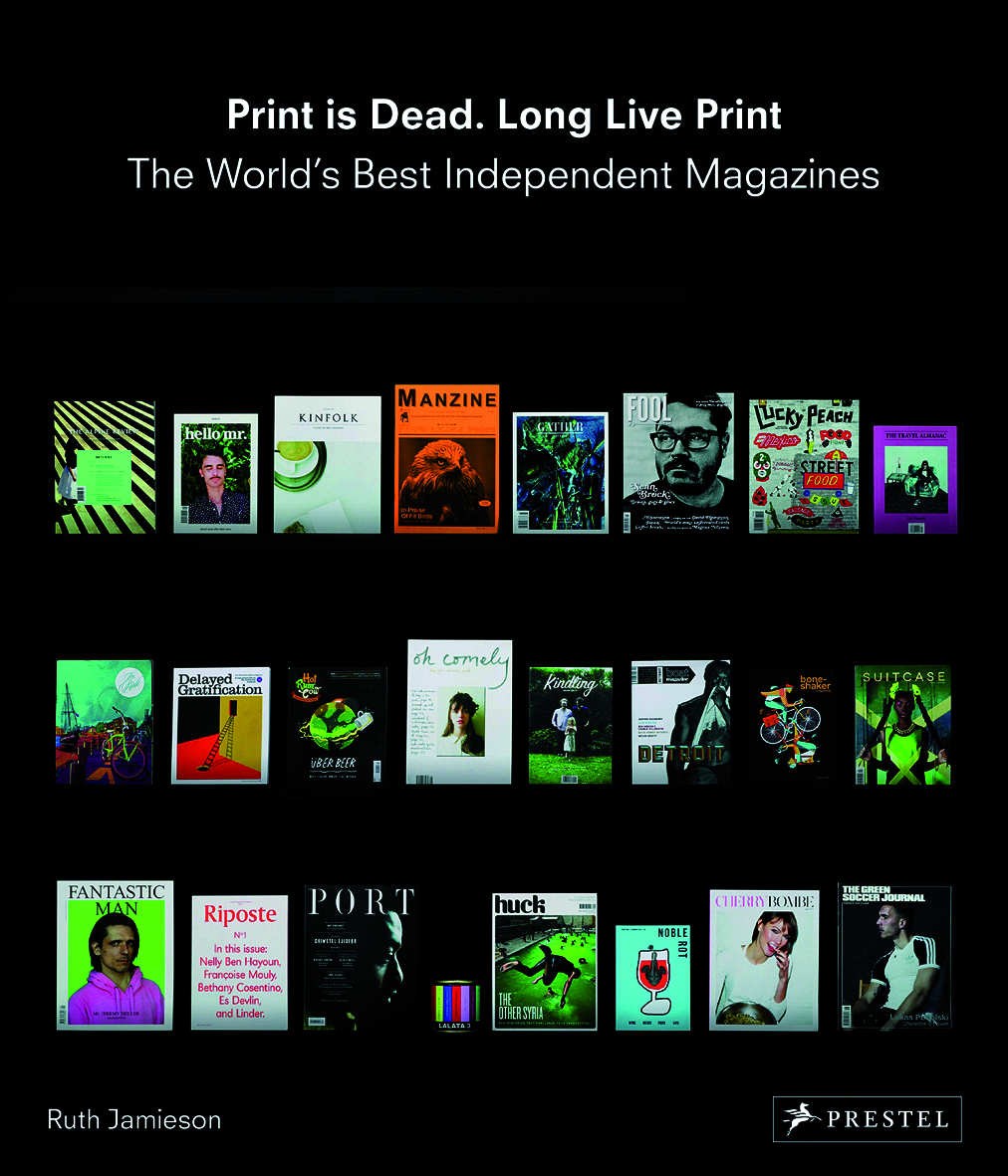
We are in the midst of an indie mag revolution. Whether your chosen subject is hip-hop, gourmet cuisine or redheads there’s now a magazine to suit almost every delectation imaginable. According to a recent Women in Journalism panel, new magazine launches increased by 31% in the UK last year, and shops are springing up across the country dedicated to independent magazines. Last year the author Ruth Jamieson published Print is Dead, Long Live Print, an entire anthology dedicated to documenting the very best of the independent publishing world. XCity Plus caught up with her for a quick Q&A.

What inspired you to write Print is Dead, Long Live Print?
A magazine can transport you to another world and immerse you in new ideas, and a few years ago there seemed to be this sudden resurgence in print. While a lot of mainstream mags continued to struggle, more and more indie mags were launching. It seemed to me that there was this new breed of independent, creatively-led magazine that was thriving. At the time people still asked, “is print dead?” but it seemed obvious to me that it was very much alive and kicking. I wanted to put that question to bed. I wanted to celebrate the new wave of independent magazines that was breathing new life into an old medium, and, on a personal level, I loved the thought of spending six months researching all my favourite magazines.
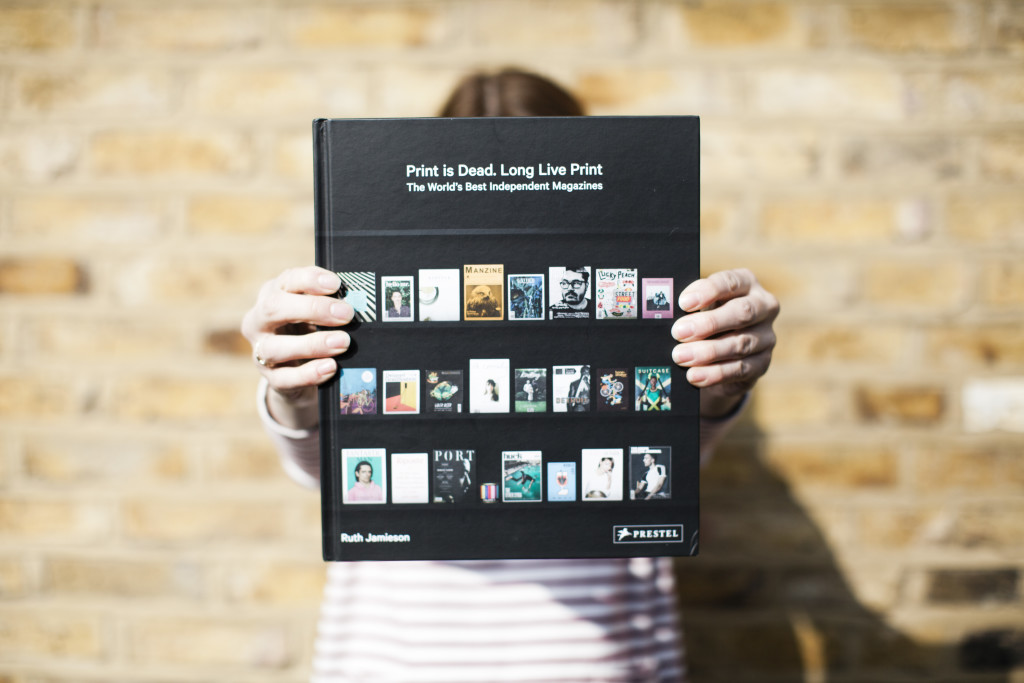
So, what do you think of the so-called death of print?
I can see why it was a seductive narrative at a time when we were all very excited about digital media, but I don’t think print will ever die. New media doesn’t necessarily replace old media, it just refocuses its role. The internet is very good at delivering cheap, disposable information quickly. We used to use print for that, but the internet can do it better. But print does remain very good at other things. It can provide a more luxurious experience- you can unplug and immerse yourself in a magazine in a way that you can’t online. It’s collectable- it can sit on your coffee table and say something about who you are and it’s physical so it can appeal to all your senses.

Why do you think independent magazines are having a boom?
Far from being the grim reaper of print, the internet is part of what’s driving the new wave of indie magazines. In the past you needed a studio to publish a magazine, today a magazine maker can access lots of relatively cheap or free tools and services to help them get a magazine out there. From the programmes that allow you to design it and publish it, to using social media to find contributors, stockists and, most importantly readers. I also think the rise of digital has created a hunger for a different type of experience, one where you can escape from the endless scroll of Facebook and immerse yourself in something. Online media is so disposable and I think there’s something appealing about the permanence of indie magazines.
What are the best and most unusual magazines you’ve come across?
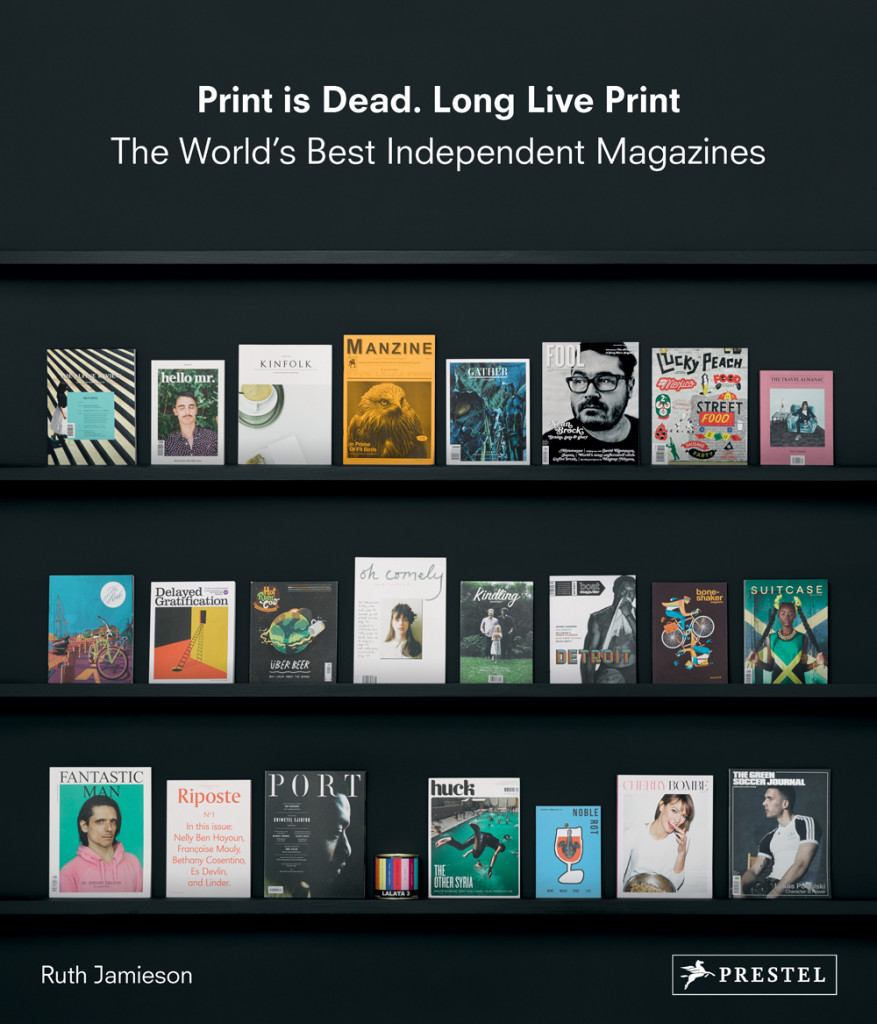
One of the best magazines on the shelves at the moment is The Gourmand. It’s raising the bar not just for indie magazines but for print as a whole. Everything they do – from the typography, to the paper stock, to the content, to the calibre of the contributors is outstanding quality. Every turn of the page brings a new surprise – and you can’t ask more of a mag than that. Some of the most unusual ones are the ones that play with the format- like Container, which is essentially a box of objects, or Freestyle that comes in a Frisbee.
Why do you think print is so powerful?
We’re physical creatures and we respond to physical experiences. I also think there’s some kind of human need to collect, and the internet can’t answer that quite so well.
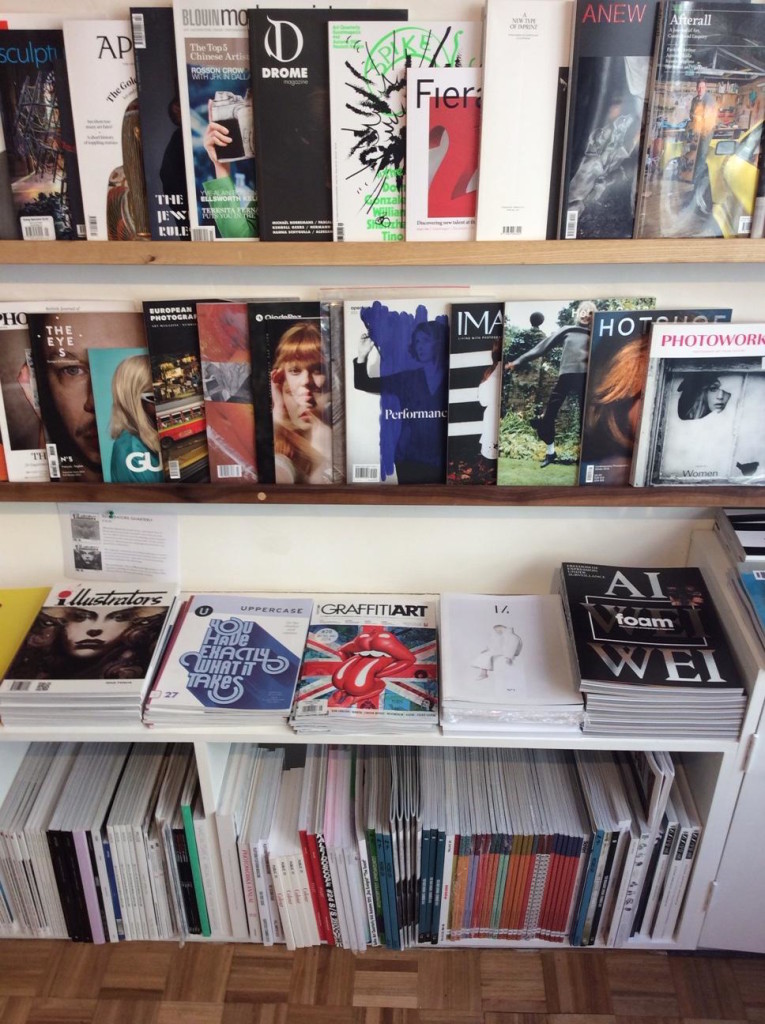
Print is Dead, Long Live Print by Ruth Jamieson is published by Prestel.





